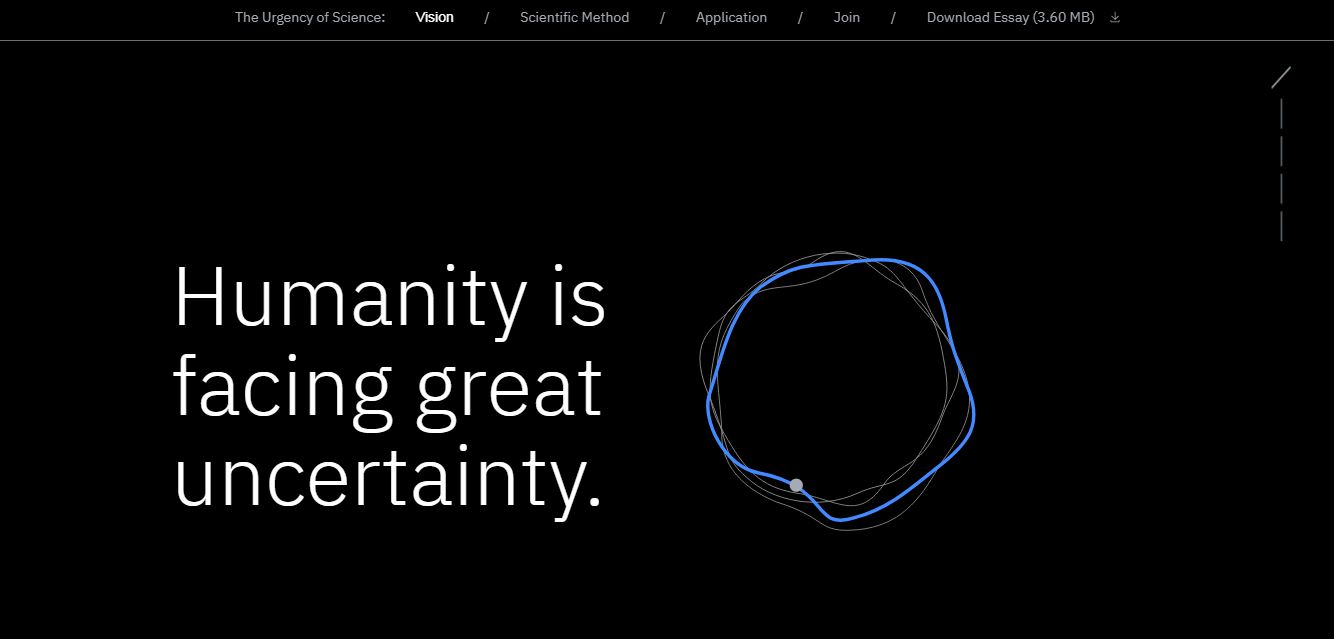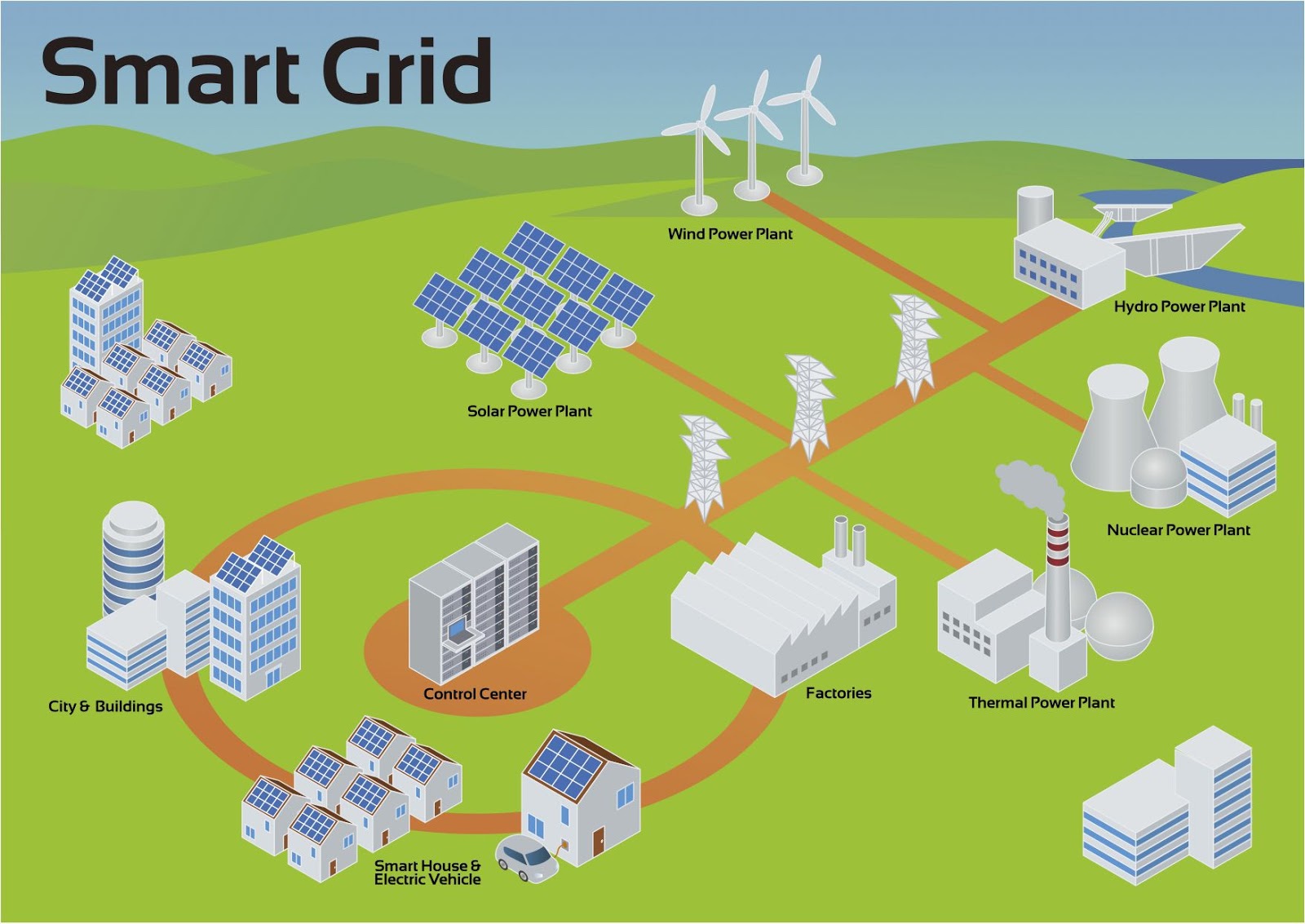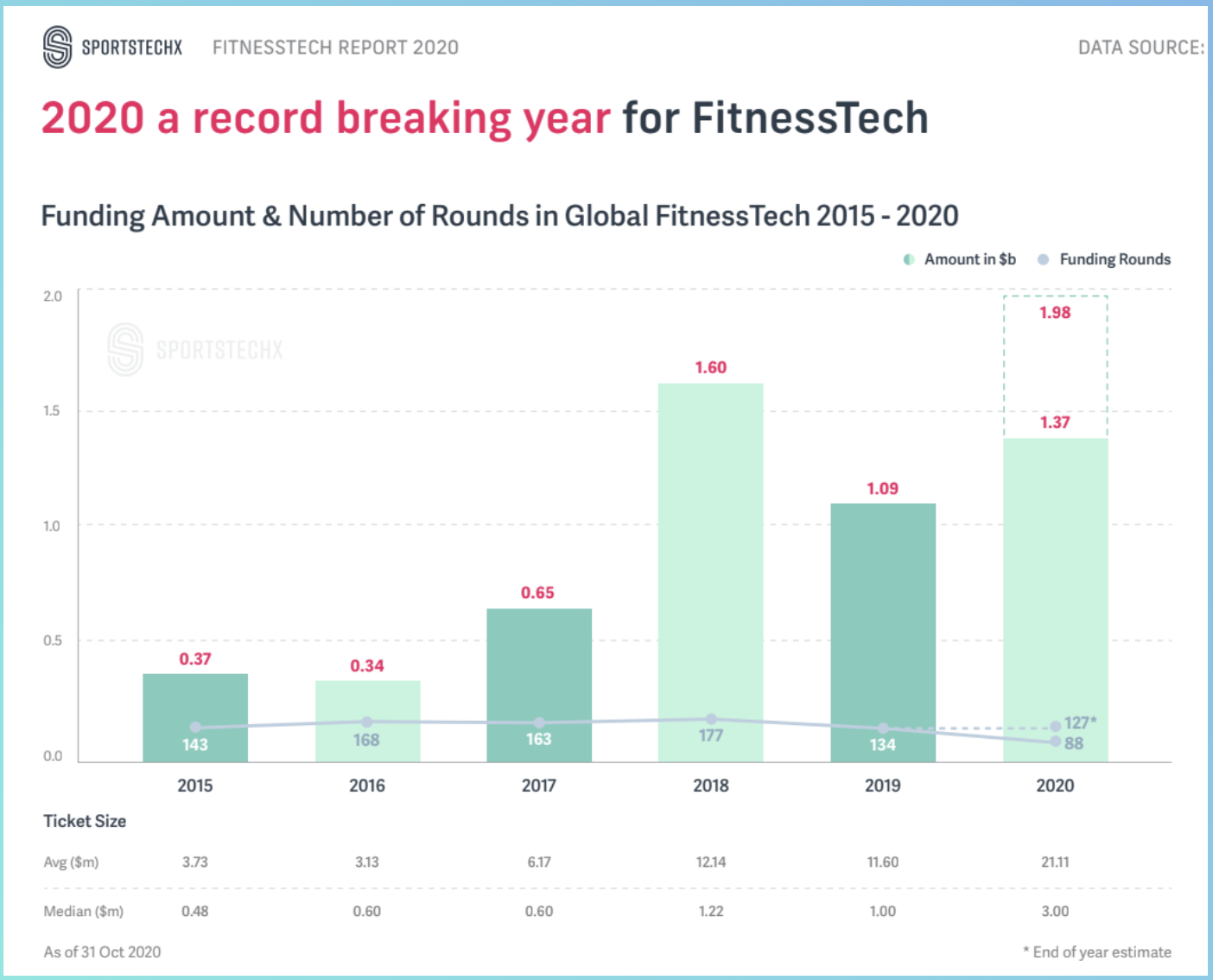Virtual fitness is on the rise. Thanks to the lockdowns and social distancing of the last year, gyms have been closed, and many people have had to shift to virtual fitness for their daily workouts. As a result, technology is increasingly finding a permanent place within people’s fitness routines.
Over the past few years, there has also been a considerable shift in consumer mindsets: gym-goers are more curious than ever before to know more about their overall wellness, which encompasses everything from working out and eating right to mindfulness and sleep quality.
This post explores how these two variables have come together to create a new virtual fitness movement, and how our fitness equipment is evolving in response.
read on










